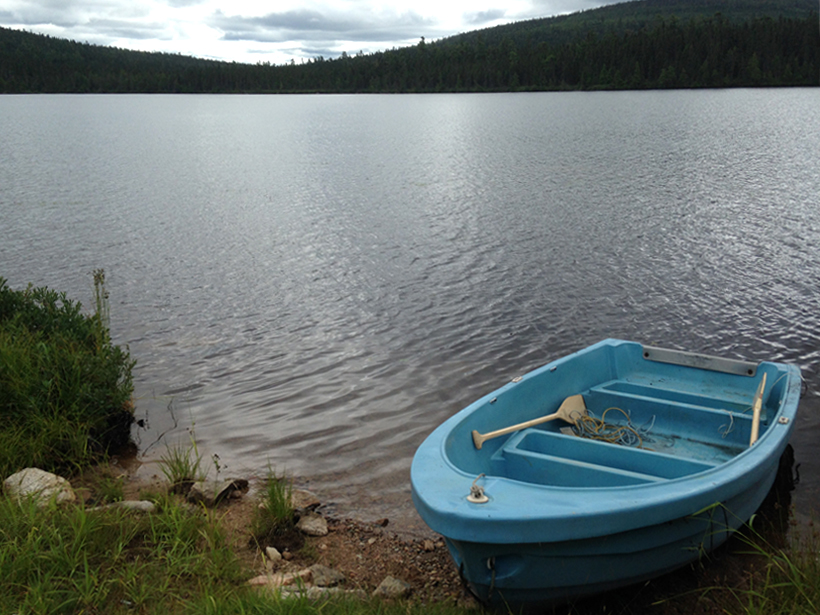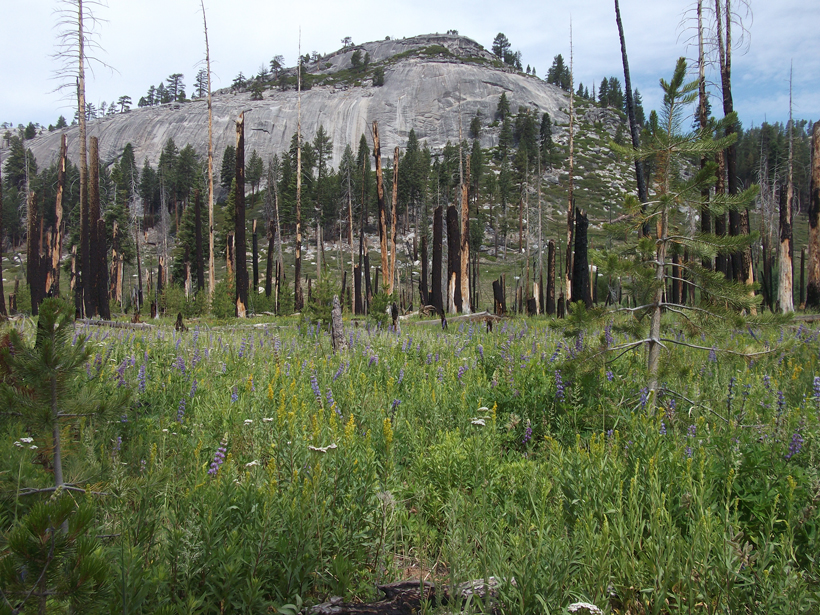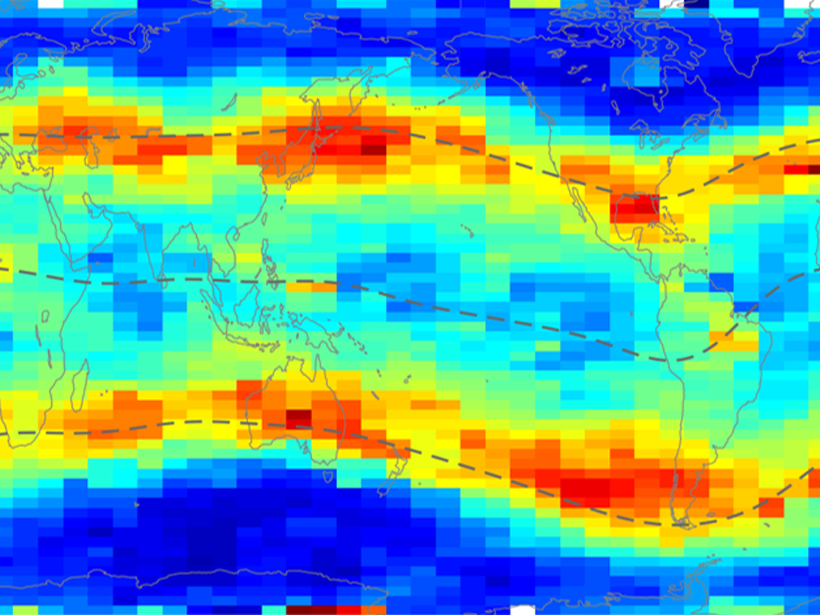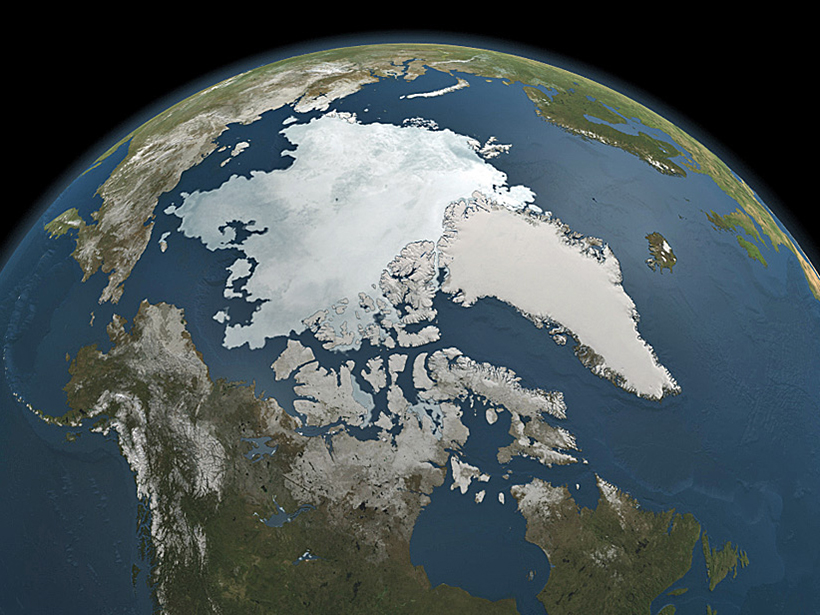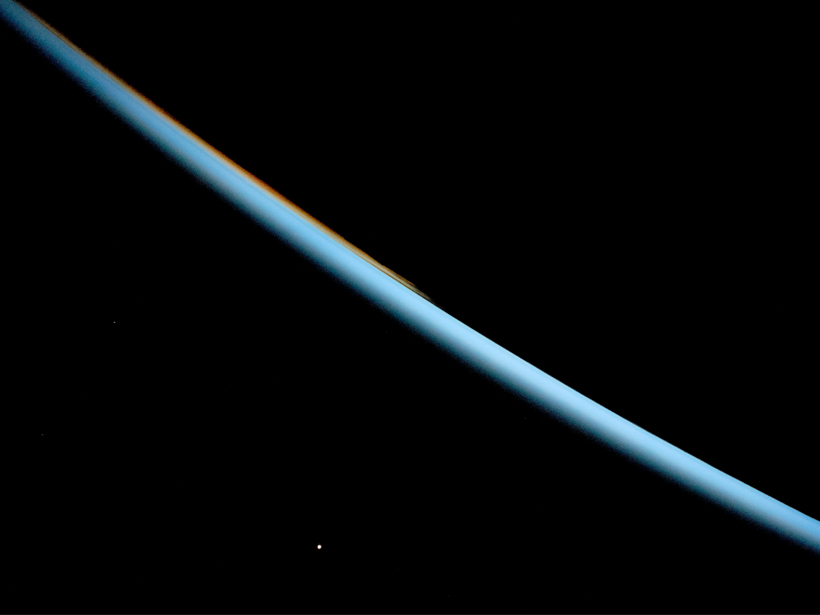DDT and its breakdown products permeate lake sediments decades after the pesticide was banned.
CC BY-NC-ND 2019
Can NASA Get Its Satellite Data into the Real World?
This article has been removed due to inconsistencies regarding quotations and concepts.
Restoring Natural Fire Regimes Can Yield More Water Downstream
Research in Yosemite National Park offers a new benchmark for understanding water balance changes in a mountainous basin 4 decades after its natural wildfire regime was reestablished.
Far-Flung Dust Storms Deliver Nutrient Boosts to North Pacific
Barren marine deserts bloom seasonally with iron infusions from Asian dust storms.
Nineteen Eighty-Forams
Facial recognition technology is helping researchers identify marine microorganisms.
Holistic Views of the Nighttime Ionosphere
The nightside ionosphere, at latitudes away from the auroral zone, should have very little charged particle density, but it doesn’t. A new comprehensive study of satellite data explains why.
Looking Straight at the Sun
Thanks to some crucial calibrations, the world’s biggest solar telescope will have a clearer view of the Sun.
How Satellite Data Improve Earthquake Monitoring
Case studies from around the world illustrate the power of geodetic data in earthquake monitoring.
Updated Temperature Data Give a Sharper View of Climate Trends
The latest version of NOAA’s Global Surface Temperature Dataset improves coverage over land and sea and improves the treatment of historical changes in observational practices.
Apollo 11 at 50 and Other Things We’re Reading This Week
What Earth and space science stories are Eos staffers recommending this week?

